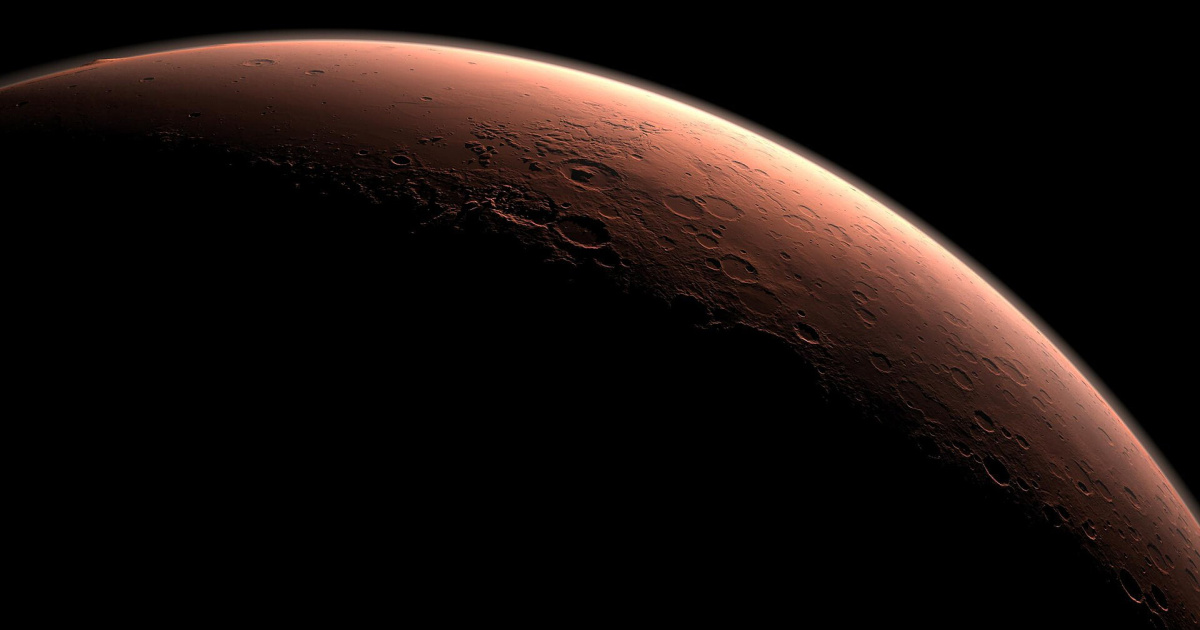
When we look at the planets in our universe now, they all look completely alien and unlike this one that we call home.
Scientists think, though, that Mars could once have been wet and fertile, and even capable of harboring life.
Though still cold, frosty, and prone to flooding, chemical elements suggest that Ancient Mars could have been much more like Earth than it seems today.
These suppositions from after NASA’s Curiosity spent time investigating Gale Crater, which was once the site of an ancient lake. It reported a higher-then-expected level of manganese oxide in the sediment rocks.
These would all require a strong oxidizing environment, so the atmosphere them must have been much richer in oxygen.
Lead author Patrick Gasada of Los Alamos National Laboratory’s Space Science and Applications group, made a statement about how they think this could have happened.
“It is difficult for manganese oxide to form on the surface of Mars, so we didn’t expect to find it in such high concentrations in a shoreline deposit. On Earth, these types of deposits happen all the time because of the high oxygen in our atmosphere produced by photosynthetic life, and from microbes that help catalyze those manganese oxidation reactions.”
They are quick to say that there remains no real evidence that Mars was ever populated, though.
“On Mars, we don’t have evidence for life, and the mechanism to produce oxygen in Mars’s ancient atmosphere is unclear, so how the manganese oxide was formed and concentrated here is really puzzling. These findings point to larger processes occurring in the Martian atmosphere or surface water and shows that more work needs to be done to understand oxidation on Mars.”
Basically, scientists can’t assume life produced this oxygen, but something had to have oxidized the manganese and the iron Curiosity found there. A process must have existed.
They could possibly have formed on the shores of the lake, or from groundwater moving through the sand, or it could have been altered by the groundwater already in place.
It happened somehow, though, and oxygen was involved.
“The Gale lake environment, as revealed by these ancient rocks, gives us a window into a habitable environment that looks surprisingly similar to places on Earth today. Manganese minerals are common in the shallow, oxic waters found on lake shores on Earth, and it’s remarkable to find such recognizable features on ancient Mars.”
Wild to think about, right?
Of course, we know Earth looked vastly different in the past and will change a lot in the future, too.
One day, maybe someone will wonder how life survived here, too.
If you thought that was interesting, you might like to read about a second giant hole has opened up on the sun’s surface. Here’s what it means.